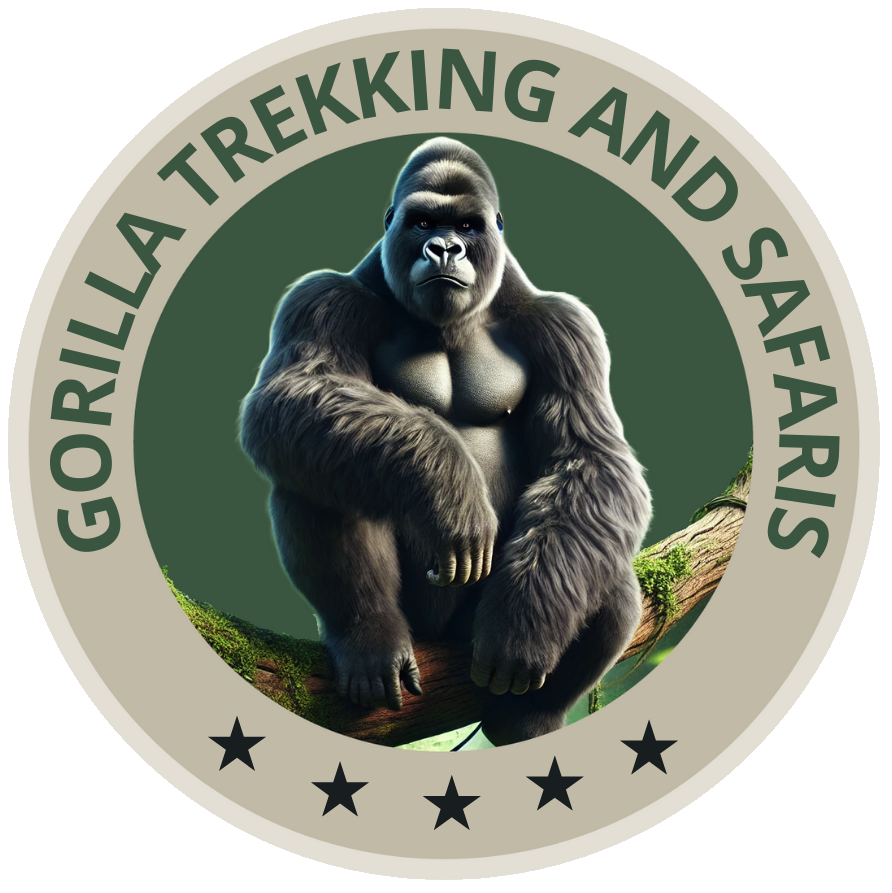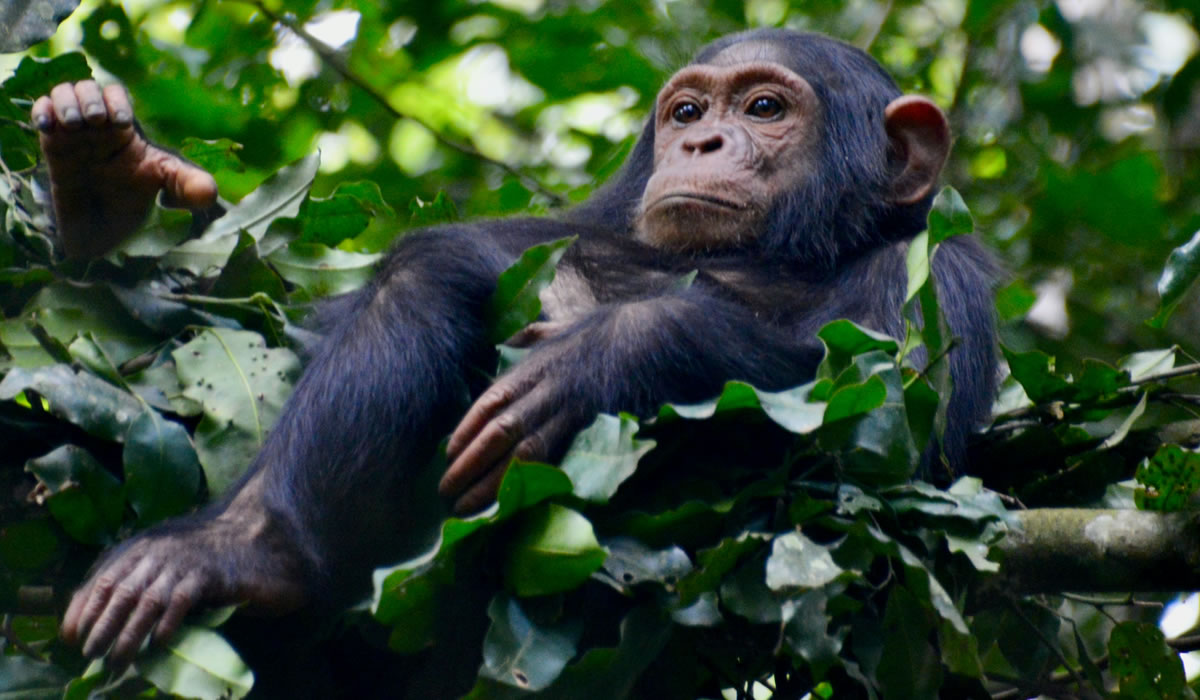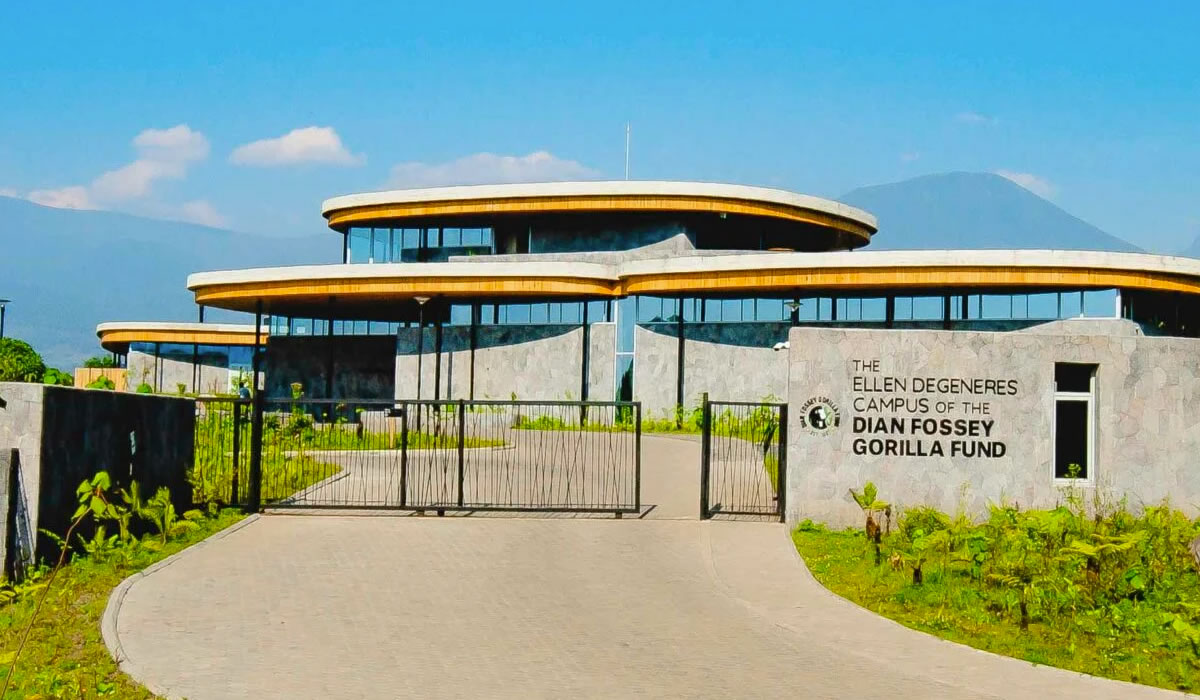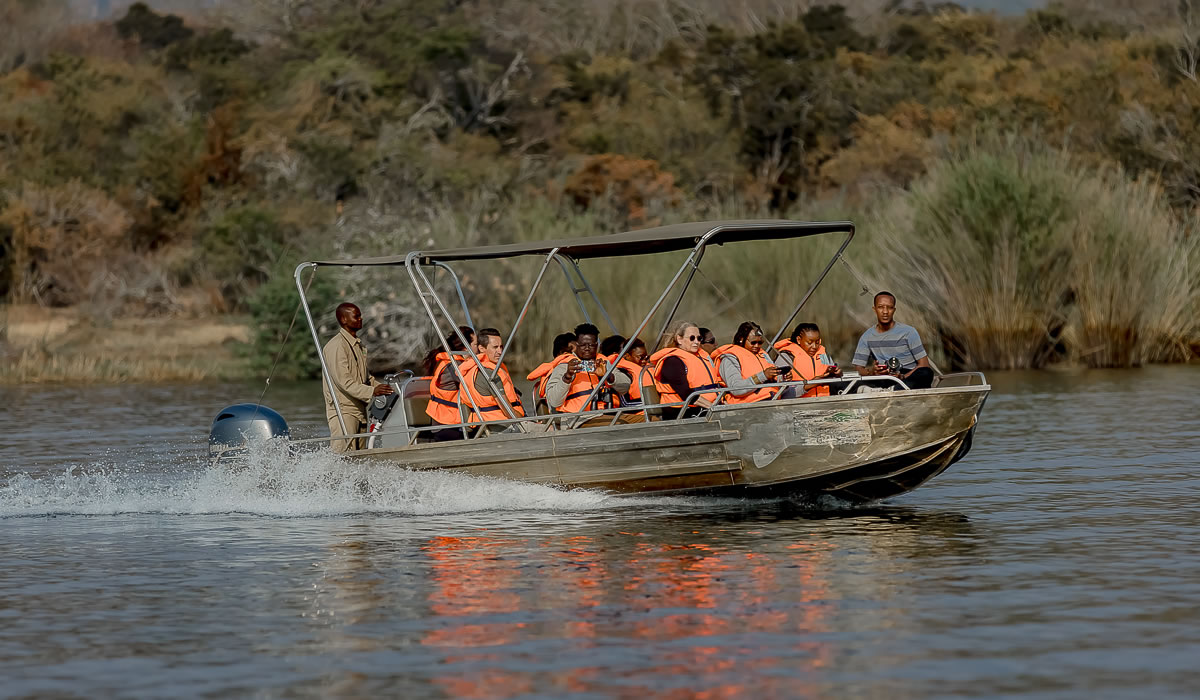Nyungwe Forest National Park, located in the southwestern region of Rwanda, is a pristine and…
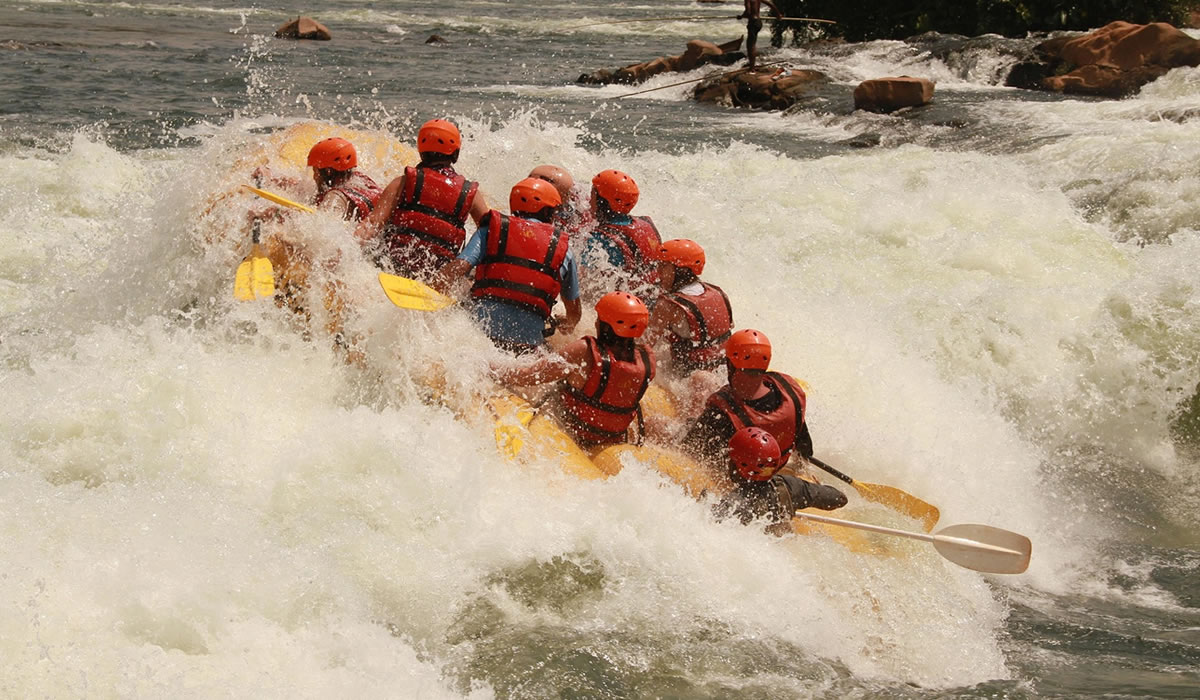
White Water Rafting on River Nile in Uganda
Uganda, often referred to as the “Pearl of Africa,” is a land of astonishing natural beauty and thrilling adventure opportunities. Among its many offerings, white water rafting on the River Nile stands out as one of the most exhilarating and unforgettable experiences in East Africa. The source of the Nile at Jinja, a charming town in southeastern Uganda, provides the backdrop for this heart-pounding adventure as the mighty river begins its epic journey northward from Lake Victoria. Combining world-class rapids, stunning scenery, and warm Ugandan hospitality, white water rafting on the Nile is a bucket-list experience for thrill-seekers and nature lovers alike.
The River Nile, stretching over 6,600 kilometers, is the longest river in the world. While much of its course winds through arid regions and historical landscapes, it is in Uganda’s lush heartland where the Nile is at its most wild and free-flowing. This stretch, often referred to as the White Nile, features powerful rapids, deep channels, and scenic islands, making it a perfect destination for rafting enthusiasts. Over the past two decades, the town of Jinja has become the rafting capital of East Africa, attracting adventurers from around the globe in search of adrenaline and awe-inspiring natural beauty.
White water rafting on the Nile in Uganda is not just about navigating rapids; it is a multi-dimensional experience that encompasses adventure, teamwork, cultural immersion, and a profound connection to one of the world’s greatest rivers. The rafting stretch typically covers a 25-kilometer section of the Nile that boasts a mix of Grade III to Grade V rapids, which are classified based on their intensity and technical difficulty. Grade V rapids are the most challenging commercially rafted and are suitable only for those prepared for high-adrenaline action. These rapids bear intimidating names such as “The Bad Place,” “Overtime,” “Itanda,” “Retrospect,” and “Vengeance” each offering a unique challenge, and sometimes an unexpected plunge into the river’s warm, turbulent embrace.
The adventure begins early in the day when participants gather at rafting bases in Jinja for orientation and safety briefings. All reputable rafting companies in Uganda place a strong emphasis on safety, with thorough briefings, training on paddling techniques, and practice drills including how to respond if the raft flips or if one falls out. Rafters are equipped with helmets, life jackets, and paddles, and the experienced guides who accompany each group are not only skilled in navigating the river but also trained in rescue and first aid.
After the safety demonstration, the team is transported to the launch site along the riverbanks. From there, the expedition begins, weaving through calm stretches that allow rafters to appreciate the scenic beauty and abundant birdlife including African fish eagles, kingfishers, cormorants, and herons before the intensity picks up. These tranquil interludes offer moments to relax, take in the lush green landscape, and connect with fellow rafters before confronting the next set of roaring rapids.
Each rapid presents its own character. Some, like “Kalagala” and “Silverback,” are known for their steep drops and surging waves, requiring precise teamwork and impeccable timing to navigate successfully. Others challenge rafters with swirling eddies and technical maneuvers that demand both physical stamina and mental alertness. The highlight for many is the infamous “Itanda Falls,” a thunderous, multi-stage rapid that tests the skill and nerve of even the most seasoned adventurers. While some sections are so dangerous they are only navigated by expert kayakers, the guides chart routes that balance excitement with safety, ensuring a memorable yet secure experience for all.
In addition to the thrill of conquering rapids, white water rafting on the Nile offers ample opportunities for play and spontaneity. In calmer sections, rafters often leap from the boats to swim or float along with the current. Guides may turn the rafts into makeshift slides, flip them intentionally for fun, or challenge teams to races and games. This playful aspect makes the trip feel less like a rigid tour and more like a day of wild river fun, underpinned by solid safety protocols and expert supervision.
What makes rafting in Uganda particularly appealing is the combination of world-class rapids with tropical warmth. Unlike some rafting destinations where cold temperatures can detract from the enjoyment, the Nile’s waters are warm year-round, typically around 27°C (80°F), and the equatorial sun adds to the pleasant conditions. This allows for full immersion in the experience—literally and figuratively—without discomfort.
Rafting trips are typically offered in full-day and half-day formats. A full-day trip includes about five to six hours on the river, lunch, snacks, and post-rafting celebrations. Many operators conclude the adventure with a communal BBQ and drinks at a scenic riverside campsite or bar, giving participants a chance to bond, share stories, and bask in the afterglow of an adrenaline-packed day. Some companies also provide a professional photographer or videographer who captures key moments during the trip, offering guests the chance to take home lasting memories.
For those who prefer a less intense experience, family floats or Grade III rafting options are available. These are suitable for children, older adults, or anyone wanting to enjoy the Nile at a more relaxed pace. They still include gentle rapids and swimming opportunities but avoid the larger, more turbulent sections. Kayaking, riverboarding, and tandem rafting are also offered for those looking to explore the Nile in different ways.
Beyond the water, white water rafting in Uganda contributes significantly to local economic development and tourism. The rafting industry has created jobs for guides, drivers, hospitality staff, and artisans, while also spurring the growth of eco-lodges, campsites, restaurants, and tour services in and around Jinja. By attracting thousands of visitors annually, the industry supports sustainable tourism and encourages the conservation of Uganda’s natural resources.
The town of Jinja, once an industrial hub, has reinvented itself as an adventure tourism hotspot. Its colonial architecture, vibrant markets, and laid-back vibe provide an appealing base for travelers. Visitors can combine rafting with a wide range of other activities such as bungee jumping, quad biking, horseback riding, kayaking, village tours, or a visit to the Source of the Nile monument. Several high-quality accommodations are available, from budget backpacker hostels to luxurious riverfront lodges, making Jinja a suitable destination for all types of travelers.
Environmentally, most rafting operators are conscious of their impact and engage in eco-friendly practices, such as limiting group sizes, using biodegradable products, and participating in community clean-up events along the river. The Ugandan government and tourism authorities continue to work with rafting companies and conservation organizations to ensure the Nile remains clean, safe, and accessible for future generations.
While the damming of parts of the river for hydroelectric power has altered some original rafting routes over the years, key sections like the Itanda Falls remain untouched and continue to offer thrilling experiences. Local advocacy efforts aim to preserve these stretches for tourism and ecological integrity while balancing the country’s energy needs.
In summary, white water rafting on the River Nile in Uganda is a world-class adventure that combines the natural might of Africa’s most iconic river with the spirit of outdoor exploration. From the raw power of its Grade V rapids to the camaraderie of paddling teams and the serenity of drifting beneath the tropical sky, the experience is as enriching as it is exhilarating. Whether you’re a seasoned adrenaline junkie or a first-time rafter looking to challenge yourself, the Nile offers a safe, unforgettable, and deeply rewarding journey. With its welcoming people, vibrant town of Jinja, and breathtaking landscapes, Uganda delivers an adventure like no other where every paddle stroke is part of a larger story of nature, challenge, and human connection.
